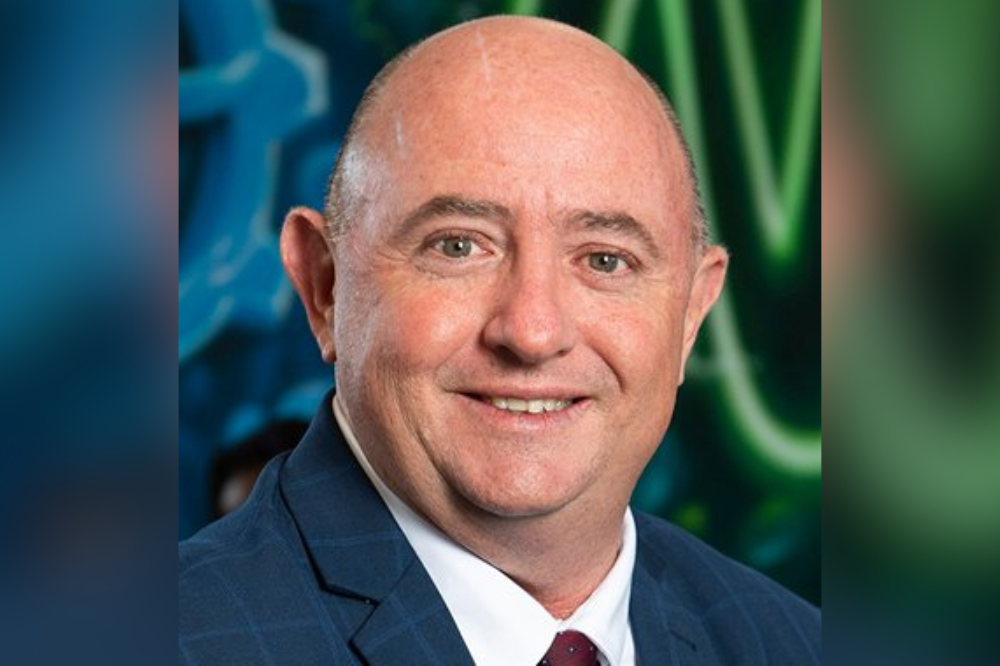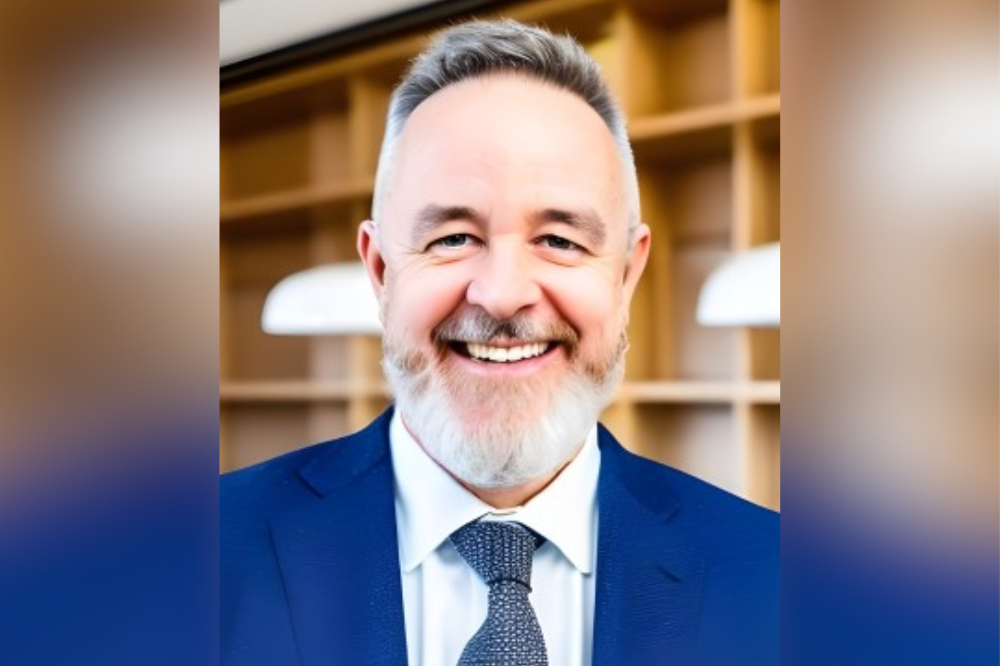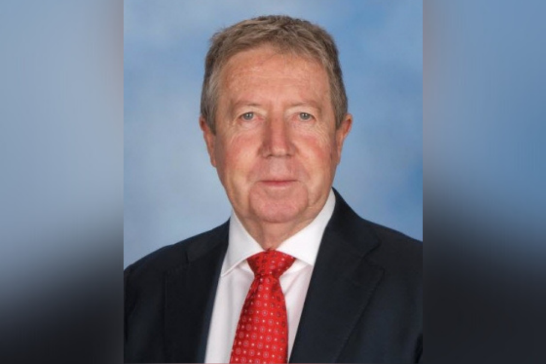
Last year, a report that looked at the major challenges facing Australia’s school workforce revealed a widespread loss of leadership is the new number one threat to the nation’s education system.
Middle leaders were found to be the most pessimistic about their work, the culture of their workplace, and the alignment between their values and the values of their school.
However, these staff were also least likely to intend to stay in their role for the next 12 months, widening the scope of Australia’s already crippling teacher shortage.
Below, The Educator speaks to principal association heads in all three sectors to find out how middle leaders are faring in 2024, the most significant issues they’re facing, and what is being done to ensure schools can secure their leadership pipeline moving forward.

‘Shoots of trouble’
Pat Murphy, president of the Australian Government Primary Principal Association (AGPPA), says the nation’s teacher shortage will soon give way to a leadership shortage,
The teacher crisis was ten years in the making and as a country we are right in the thick of the problem,” Murphy told The Educator.
“The next problem that will impact on schools across the country will be the leadership crisis in our school, with shoots of trouble already emerging.”
Murphy said the impending shortage of experienced school leaders “will pose a critical challenge to education” in Australia.
“We are currently witnessing a growing number of inexperienced leaders being thrust into positions of significant responsibility prematurely. All three sectors of schooling are being impacted,” he said.
“As seasoned leaders retire or move on, the pool of qualified successors is becoming smaller and smaller, leading to the promotion of individuals who often lack the necessary experience and skills to effectively manage large schools.”
Murphy said placing inexperienced leaders in charge of sizable educational institutions risks compromising the overall quality of education, whilst also putting these individuals at risk.
“These leaders will face daunting challenge of navigating all of the complexities of a school community without the skillset required in order to be successful,” he said.
Murphy said proactive measures such as targeted leadership development programs, mentorship initiatives, and strategic succession planning are needed to tackle the problem, noting that the Queensland and Victorian Education Departments are leading the way.
However, he said what is most needed is a national approach, led by the Federal Government, with ATSIL taking the lead in driving school leadership development across Australia.
“We know from the research that a good school leader has a significant positive effect size on student outcomes in that school,” Murphy said.
“Ensuring that schools are led by competent and prepared individuals has to become a priority of every government and education department in Australia.”

‘Urgent action is required’
Andy Mison, president of the Australian Secondary Principals’ Association (ASPA) said there is “deep concern” about the leadership pipeline in Australian secondary schools.
“The 2023 report warning that middle leaders are unlikely to stay in their roles highlights a worrying trend. We must support and retain talented leaders to guide our schools,” Mison told The Educator.
“Without a robust leadership pipeline, we risk instability and a decline in the quality of education we provide. Urgent action is required to address what is driving middle leaders away.”
Mison said his conversations with principals and middle leaders suggest that a rising administrative burden, workload intensity and increasing job complexity without commensurate recognition and support can be significant issues.
“Many of our middle leaders are covering gaps arising from teacher shortages, and so have less time to lead and support their teams,” he said.
“They feel immense pressure to lead and progress learning and wellbeing for the students and staff in their care but are often too stretched, which can lead to stress and burnout.”
Mison said middle leaders need greater practical support, reduced administrative burdens, and investment in their development if any progress is to be made.
“Mentoring programs, leadership training, administrative assistance and reduced teaching loads would help retain talented leaders,” he said. “This needs to come through increased resourcing for our public schools.”
Mison said it is particularly important that schools foster collaborative and supportive cultures that recognise the vital role of middle leaders, and which also provide appropriate autonomy and flexibility to prioritise their wellbeing and growth.
“We must create environments where leadership is valued, sustaining and rewarding.”

Growing support for middle leaders in Catholic schools
Dr Stephen Kennaugh, president of the Catholic Secondary Principals Australia (CaSPA) said he is hopeful and not concerned about the sector’s leadership pipeline, as the focus has now turned to identification and development programs for middle leaders.
“From my experience they are thriving,” Dr Kennaugh told The Educator.
He said while there are many roles currently available, some of the sector’s emerging leaders need more time to focus on the classroom practice before assuming further opportunities.
“The opportunities are tempting, though. Solid guidance is required to talk through career path planning and development. This is not happening consistently across schools or systems,” he said.
“Often aspiring leaders are pigeonholed into curriculum, religious or wellbeing pathways when leaders require experience in all of these domains to perform as a leader in a Catholic context.”
When asked what types of supports he believes are most needed right now to meaningfully address this issue and ensure a secure leadership pipeline in Australia’s Catholic schools, Dr Kennaugh pointed to “dialogue that is targeted towards leadership from proven performers in educational leadership as well as those who are in the early years of leadership.”
“We learn best from our colleagues and develop an approach to leadership [to do and what not to do] through personal experiences as well as lessons from others.”

Middle leaders lack mentoring and support
Dr Chris Duncan, CEO of the Association of Heads of Independent Schools of Australia (AHISA) highlighted the importance of maintaining and developing potential and aspiring school leaders.
"This is is crucial. The need applies to all levels of school leadership from middle to senior positions,” Dr Duncan told The Educator.
“Excellent leaders inspire others to become teachers and they themselves to become principals.”
Despite what is well known about the teacher shortage and the reluctance of middle leaders to take on the challenges of headship, Dr Duncan said AHISA has “a growing and keen” cohort of members who aspire to Headship.
“Interestingly, this cohort of aspirant principals comprises a majority of women members,” he said. “This is a good news story amid a challenging outlook for the supply of quality teachers keen to lead in the mid and later years of their career.”
Dr Duncan said while the outlook is generally positive for the sector’s leadership pipeline, greater mentoring and support for middle leaders is needed at a national and state policy level.
“This priority has been recognised by the National Teacher Workforce Action Plan and AITSL has now developed standards for middle leaders, but the roll out has been slow, overshadowed I suspect by the priority of teacher supply,” he said.
Dr Duncan said the Independent school sector “does a great deal within their schools to identify and develop leadership talent.”
“At a national and state level, AHISA has a burgeoning cohort of Aspirant members involved in a range of programs which focus on the skills and dispositions essential for becoming a Head of School,” he said.
One such initiative is AHISA's Leading Learning Caring Conference, which runs from 8 -10 April 2024 at the ICC in Sydney's Darling Harbour. The event is run biennially and attended by hundreds of middle and senior independent school leaders across Australia.
“The conference ranges across the leadership of teaching and learning to the leadership and governance of the school, the latter being a critical domain of the knowledge and skills needed to lead an independent school.”


